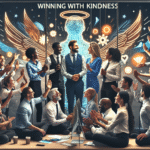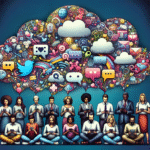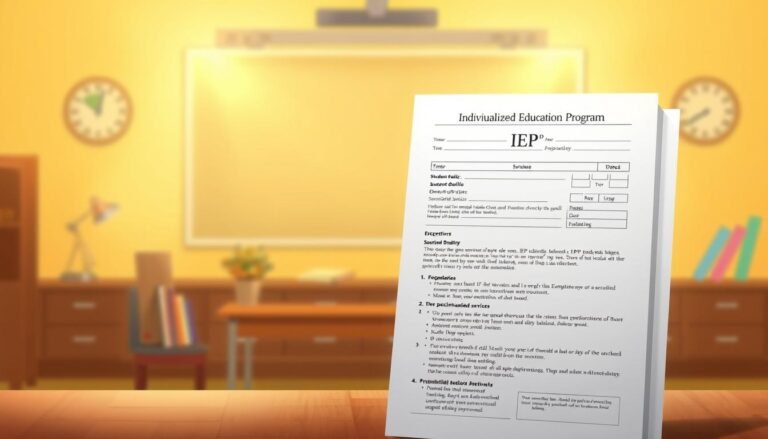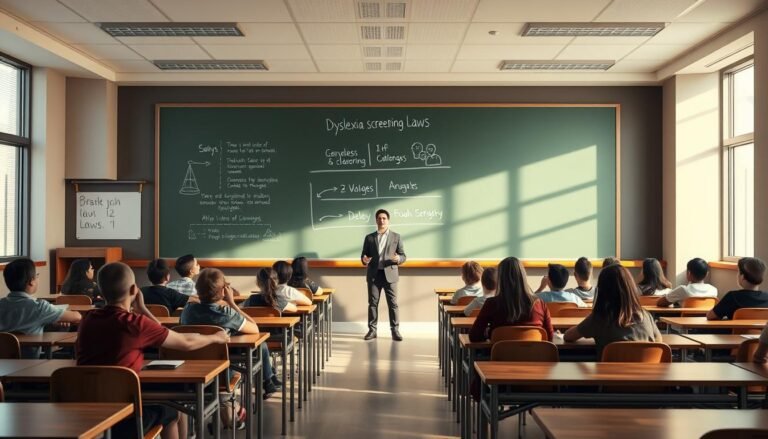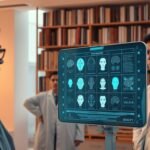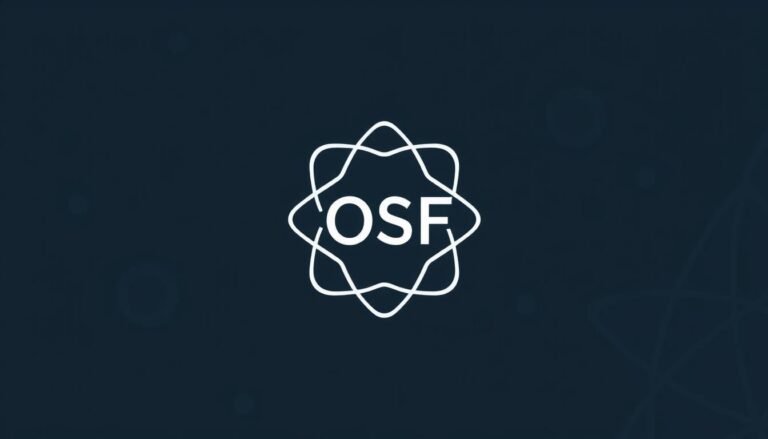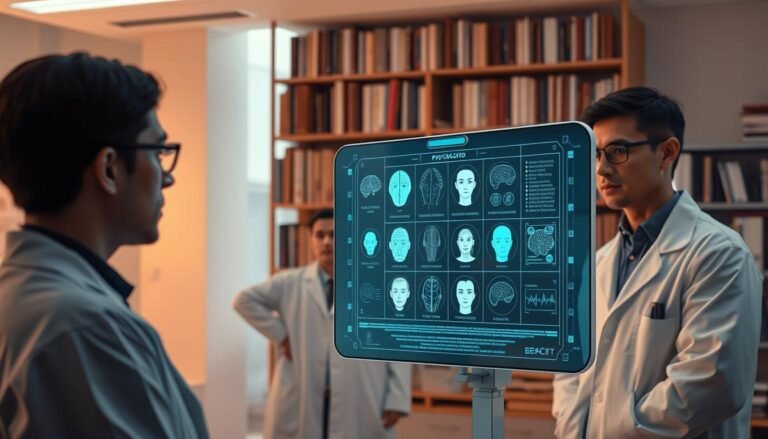Finding Your Voice: Music as a Powerful Pathway for Students with Learning Challenges
Introduction
Imagine a classroom filled with sounds of laughter, rhythm, and the gentle strumming of a guitar. This is no ordinary setting; it’s a vibrant sanctuary where students with learning challenges are discovering their voices through the transformative power of music. In today’s fast-paced educational landscape, many students—especially those who face learning difficulties—struggle to communicate effectively or express themselves. This is where music comes in as a light of hope and an essential pathway.
In this article, we will explore Finding Your Voice: Music as a Pathway for Students with Learning Challenges by sharing case studies, expert opinions, and insights that reveal how music education can break down barriers and empower these students.
The Importance of Finding Your Voice
Understanding Learning Challenges
Learning challenges can take many forms—dyslexia, ADHD, autism spectrum disorder, and more. Each condition presents unique hurdles, making it difficult for students to engage in traditional educational settings. According to the National Center for Learning Disabilities, approximately 1 in 5 students in the U.S. experiences a learning disability. This alarming statistic calls for innovative approaches to education that cater to diverse learning styles.
Music as a Universal Language
Music is a universal language that conveys emotion, builds community, and fosters connection. The phrase "finding your voice" has a double meaning here; it not only refers to the physical act of singing or playing an instrument but also to self-discovery and expression. For many students with learning challenges, music provides an alternative means of communication, allowing them to articulate feelings and thoughts that may be difficult to express otherwise.
Music Education: A Gateway to Development
Cognitive and Emotional Benefits
Research shows that engaging with music can lead to cognitive and emotional improvements. According to a 2013 study published in the journal Psychological Science, children who received music instruction demonstrated enhanced language skills and auditory processing abilities.
Table 1: Benefits of Music Education for Students with Learning Challenges
| Benefit | Description |
|---|---|
| Cognitive Skills | Improves memory, attention, and problem-solving. |
| Emotional Expression | Provides a safe outlet for emotions. |
| Social Skills | Encourages teamwork and collaboration. |
| Self-Esteem | Boosts confidence through mastery of instruments. |
Music helps students who struggle with verbal communication find their voices, both literally and metaphorically.
Case Study: The Harmony Project
The Harmony Project is a nonprofit organization that uses music to engage underserved youth in Los Angeles. It targets children with learning challenges, providing them with free music lessons and ensemble experiences.
Analysis: This initiative demonstrates how providing access to music can enhance social skills and academic achievement. Students who participated reported increased self-esteem and a profound sense of belonging, illustrating the essence of Finding Your Voice: Music as a Pathway for Students with Learning Challenges.
Practical Applications in Schools
Integrating Music into the Curriculum
Integrating music into the educational framework is not merely about teaching notes and rhythms; it is about creating an inclusive environment where all students can learn and thrive.
Examples of Integration:
- Music Therapy Sessions: Implementing certified music therapists who can develop tailored programs focusing on emotional and social growth.
- Music-Based Learning Tools: Utilizing songs to teach subjects like math or language arts can engage students in a way that traditional methods cannot.
Case Study: Music and Learning Differences in Maine
In a public school’s pilot program in Maine, teachers integrated music into their teaching of core subjects. Students with diagnosed learning disabilities showed improved engagement and retention.
Analysis: This case illustrates how music can enhance learning and retention across subjects, reinforcing that Finding Your Voice: Music as a Pathway for Students with Learning Challenges means using unconventional methods to bolster traditional education.
The Role of Educators and Parents
Educators as Facilitators
Teachers play a crucial role in fostering an environment where musical expression thrives. Professional development focused on music education can equip teachers with the skills they need to understand how to best apply music in the classroom.
Parental Involvement
Parents can also encourage their children to explore music. From enrolling in classes to simply jamming out at home, parental support can significantly affect a child’s musical journey.
Creating an Inclusive Music Environment
Tools and Techniques
- Adaptive Instruments: Utilizing instruments designed for students with mobility challenges.
- Group Activities: Creating ensembles or choirs that encourage teamwork and social interaction.
Case Study: The Sound of Learning Initiative
In Chicago, the Sound of Learning initiative provided students with various adaptive instruments, allowing them to collaborate in a school-wide concert.
Analysis: This program exemplifies the potential of music as a unifying force, showcasing how Finding Your Voice: Music as a Pathway for Students with Learning Challenges can create a community and support network.
Conclusion
Finding your voice is a journey, and for students with learning challenges, music can make all the difference. As we have explored, the connections made through music go beyond mere notes and rhythms; they carve pathways to self-expression, confidence, and enhanced learning.
Empowering these students through music is not just beneficial; it is essential. Educational systems must prioritize music programs tailored for students with learning challenges to unlock their potential fully.
Let’s advocate for a future where every student can discover their unique voice and contribute to the beautiful chorus of humanity.
FAQs
1. How can music education help students with learning disabilities?
Music education can improve cognitive skills, emotional expression, and social connections, helping students feel more engaged and understood.
2. What types of music programs are available for students with learning challenges?
Programs range from music therapy, adaptive music lessons, and inclusive ensembles designed specifically for students with varying abilities.
3. Are there any age restrictions for participating in music therapy?
No, music therapy can be effective for individuals of all ages, from young children to adults.
4. Can integrating music into other subjects help students with learning challenges?
Yes! Many educators have found that using music to teach academic subjects can improve engagement and information retention.
5. What role can parents play in supporting their children’s musical journey?
Parents can encourage musical exploration at home, provide opportunities for lessons, and celebrate their children’s musical achievements to foster positive self-esteem.
This article aims to elucidate the vital role music plays in fostering self-expression and empowerment among students facing learning challenges. By continuously examining and sharing insights on Finding Your Voice: Music as a Pathway for Students with Learning Challenges, we can make strides towards creating a more inclusive and nurturing educational environment.


